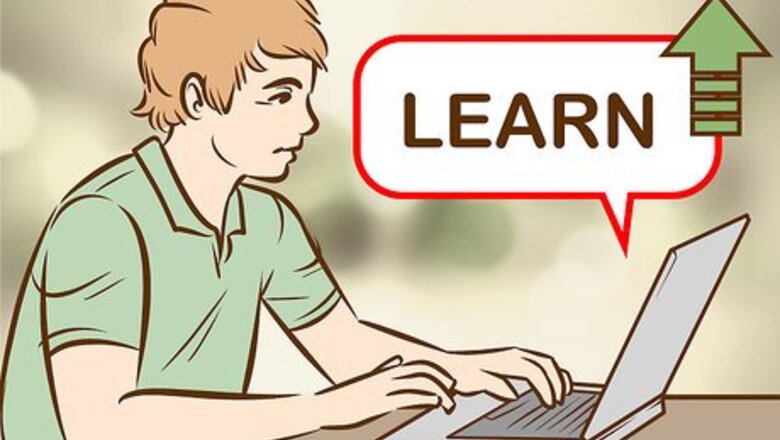
views
Forming a Team

Learn about the FIRST program and the FIRST Robotics Competition (FRC) community. The best ways are through resources on the FIRST website and by talking to mentors, students, and alumni of the program who have a few years of experience. FIRST is not just about building robots. It is a community of fun-loving people interested in learning more about STEM in an interesting and competitive way.

Recruit students. At least 10 high school students are required to have a team. If you are forming a team with a high school, try putting up flyers or sending out an email to let the students know about the upcoming opportunity and that it can involve more than just engineering, but also web development, business, photography, and more.

Find mentors. Along with the 10 students, each team is required to have at least 1 adult mentor. It is recommended that the mentor have a good background in engineering or STEM so as to help the students. Many college students are alumni of the program and would be willing to help with this. Get as many mentors as you can; the more you have, the better. Few mentors are experts in every area of building a robot, so recruiting a wider variety will improve both the quality of learning and the student to mentor ratio.

Build up some support. Building a robot is usually not inexpensive. You will need to contact local businesses and organizations for sponsorships. There are many companies that are huge supporters of the FIRST program, and would be happy to help out. Some mentors or alumni will know which businesses already support other teams. For organizations who may be new to it, let them know that it is developing young minds and promoting STEM-related fields, and getting the company’s name out there will help these smart and experienced students when they are looking for a career after high school or college. Many teams have large banners in their pits that list their sponsors, or they might have panels on their robot with all their sponsors’ logos. One way or another, all teams show their immense appreciation for the support from their sponsors and develop a close relationship with them that will last.
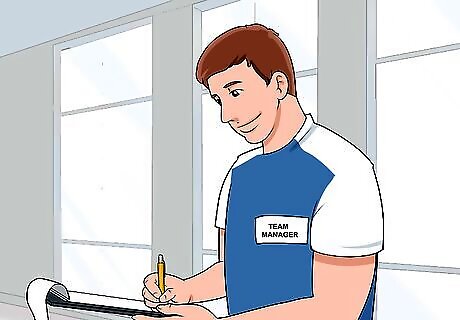
Register the team. Go on the FIRST website to register your team, provide your roster, make an online payment (discounts are given to rookie teams!), and choose the events you would like to attend. If your state or region is on the district system (you can check on the website to see if you are) you will need to select at least 2 events in your district. You will also have to place an order for the “Kit of Parts.” This is a tote that you will receive on the first day of build season (early January), that contains materials and supplies to help get you started.
Refining the Team

Get to know each other. The team will be working closely with each other for an extended period of time, and a strong team bond is critical to success. Engage in fun activities such as laser tag, ice breakers, or anything a high school student might enjoy. Hold weekly meetings to give each other updates and makes plans for upcoming team events.
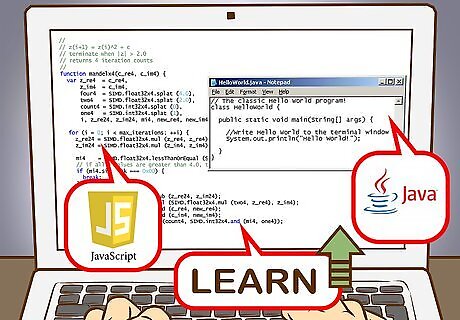
Get to know the material. Have the students and mentors get started ahead of time to know what they will have to do once build season starts. Choose a programming language for your team and make sure students and mentors are able to write code. Popular choices of other teams include C++, Java, and LabView. Everyone should also become familiar with the tools and other equipment involved in the fabrication process. CAD (Computer Aided Design) is optional, but recommended. It is good to plan out exactly what will be built and how it will be done. Popular choices for CAD software include Autodesk Inventor, Solidworks, and Onshape.

Get to know the rules. There are a lot of rules to building a competition robot, and although the actual game that the robot plays changes from year to year, many of the robot rules do not. For example, the weight limit (excluding battery and bumpers) has been 120 pounds for several years, and it does not look like it will change much for a while. There are also certain materials that you have to use, and cannot use. For example, every robot must be equipped with a radio to connect to the field, but robots are not allowed to have sharp, protruding parts. Reading a game manual or two from past seasons found on the FIRST website can really help with this.
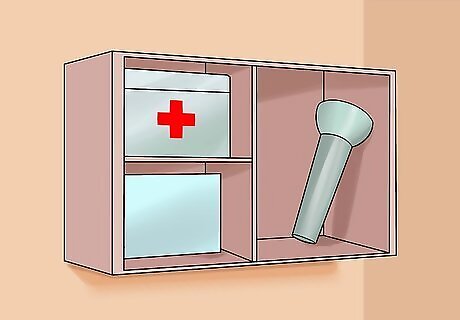
Be a safe team. Learn what it takes to be safe when working with power tools, batteries, and more. There is a Safety Manual on the FIRST website for helpful safety practices. At every competition, FIRST emphasizes how important it is to be safe. They also include an optional safety animation competition before the regular season, and the winner has the animation shown at every competition for the upcoming season. There is also the safety award. This is given to one team at every competition who employs the best safety practices and promotes their use throughout the competition. This award can help your team achieve higher levels of competition if you are in a region on the district system. Also, all mentors should become familiar with the FIRST Youth Protection Program.
Entering Team Events

Build awareness in your community. Help the STEM community blossom in your area by doing outreach events such as fun community service activities, giving demonstrations at local middle schools, or helping to start other FIRST teams at any level. It does not have to be FRC. FIRST rewards this kind of community engagement at FRC competitions with 3 different awards: the Rookie Inspiration, Engineering Inspiration, and Chairman’s Awards. The latter two will guarantee your team a spot at the next level of competition, whether that be a district championship or world championship. Winning the Chairman’s Award at the world championship will induct your team into the Hall of Fame, where teams are invited to the world championship every year for their sustained promotion of STEM and the ideals of FIRST. It is the most prestigious award given in the program and must be applied for at competitions to be received.
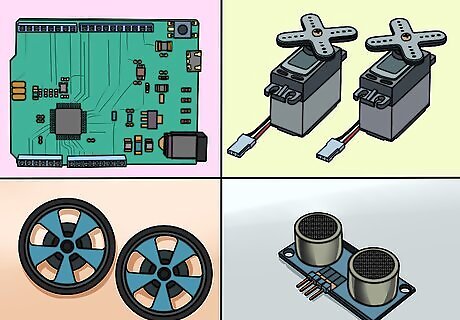
Build your robot. Designing, building, and programming the robot is where a lot of the educational value comes from in FRC. You will have 6 weeks to do all this, which may sound like a lot of time, but it is a lot of hard work and dedication to get it done on time. In fact, the robot is ideally finished a few days in advance to allow your drive team to get some practice in playing the game learning the rules of gameplay. This is another critical part to success in competition. The robot may be the best ever built, but if the students driving it are not sure what to do when the time comes, it will be difficult.

Attend the events. Competing is one of the most fun parts of the entire program, because the students are able to see the success of the machine in action that they worked so hard to build. Having your parents and mentors there is also helpful for the students. The adults are able to see what their students have been learning, the students will be grateful for the support, and if the whole team is cheering, you may be qualified to receive the spirit award, which can help get your team to higher levels of competition in the district system. Remember that these events are fun for everyone, and always keep in mind one of the ideals of FIRST: gracious professionalism.












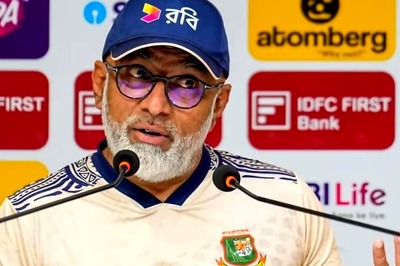



Comments
0 comment